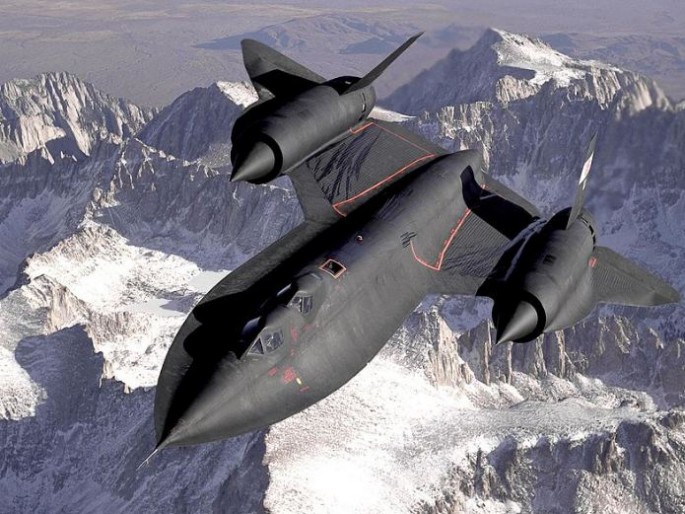The tactics to be employed by the stealth fighters and stealth bombers of the United States in a war against China and Russia stem from operational experience gained flying the legendary Lockheed SR-71 Blackbird -- the world's second stealth jet after Nazi Germany's Horten Ho 229 stealth jet fighter that first flew in 1944.
Retired from active service in 1999, the Blackbird flew for the U.S. Air Force and the CIA on its classified high altitude spy missions above the former Soviet Union and communist China. From the time it first flew operationally in 1966, the SR-71 owed its success to its stealth and supersonic speed.
The Blackbird had a maximum speed of over Mach 3.3 (3,540 km/h), faster than any aircraft in the 1960s, and almost as fast as the Soviet SA-2 surface-to-air missile (SAM) that shot down the U-2 spy plane flown by Francis Gary Powers on May 1, 1960.
The airframe of the SR-71 employed the blended body techniques that reduced its radar cross-section (RCS) and hence its vulnerability to detection by enemy radar.
This strategic reconnaissance aircraft was intentionally designed with a smaller RCS, the essential element of any stealth aircraft today, to offset the disadvantages of the Lockheed U-2 spy plane. One of these disadvantages was a huge 31 meter-long wingspan that lit up radar screens.
Experience with SR-71 operational missions, however, convinced the Pentagon stealth alone isn't sufficient to guarantee the survival of a stealth aircraft in a high intensity threat environment. Current U.S. thinking leans towards stealth, speed and networking together as essential to attaining mission goals.
One of the letdowns in the SR-71 program was the realization the Blackbird couldn't be made stealthy enough to evade detection. According to an unclassified CIA report, the RCS levels achieved on the SR-71 were "in fact, quite low."
This critique followed a series of 58 spy flights over North Vietnam and neighboring countries as part of Operation Black Shield in 1967.
"It was hoped that a significant reduction in radar return could be accomplished," said the CIA about the aim of Black Shield.
The CIA described the results of the spy flights emanating from Japan as disappointing.
"Enemy radar tracking was reported on all but four missions," revealed the CIA. The North Vietnamese fired eight SAMs at the Blackbirds. Seven missed but one exploded close enough to send a small piece of shrapnel into the jet.
Following the tests, the Pentagon banned SR-71s from flying directly over hostile territory unless they were assisted by electronic radar-jamming. This decision led to the realization stealth alone isn't enough to guarantee an aircraft's survival. This survival will require what we now call networking.
The lesson of stealth and speed is reflected in the supersonic and stealthy F-22 Raptor and F-35 Lightning II fighters operated by the U.S. Air Force, the U.S. Navy and the U.S. Marine Corps.
The lesson about the need for networking is illustrated in tactics employed by the Air Force's B-2 stealth bombers. These massive strategic bombers that can carry over 80 independently targeted smart bombs attack their targets while networking with other warplanes and cruise missiles, and supported by intense electronic jamming from electronic warfare aircraft such as the EA-18G Growler.
"All possible means of reducing vehicle vulnerability (must) be exploited," said the CIA in 1969. That lesson has apparently been taken to heart.



























